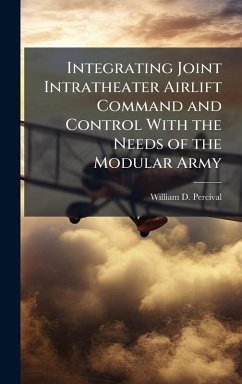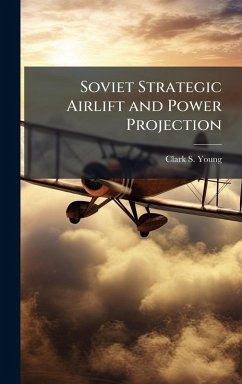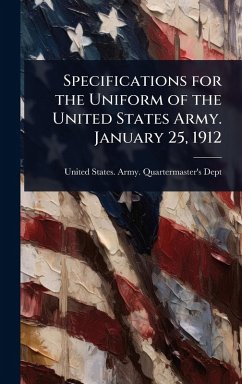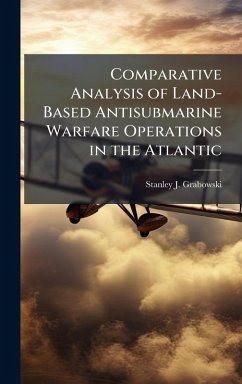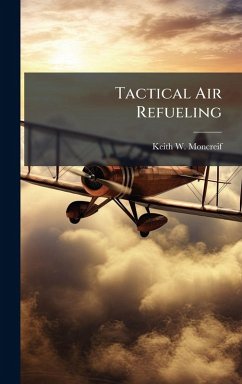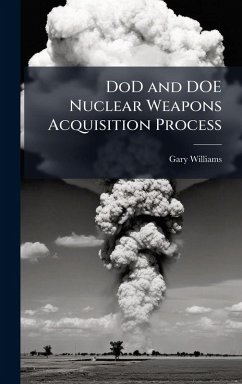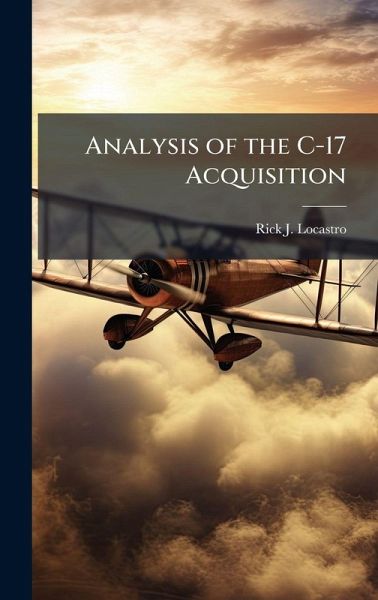
Analysis of the C-17 Acquisition
Versandkostenfrei!
Versandfertig in über 4 Wochen
25,99 €
inkl. MwSt.
Weitere Ausgaben:

PAYBACK Punkte
13 °P sammeln!
Airlift is the cornerstone of all military contingency operations. You can't win the fight if you can't get there. In the late 1970s, the Air Force realized the need to replace aircraft in its current aging fleet. The C-5 and C-141 were already past their prime years and it was time to lobby for a new airlifter. The McDonnell Douglas C-17 was selected as a replacement, but cost overruns and mismanagement plagued the program for years. Stretching the acquisition of the C-17 out over time created critics who believed the program was not worth the money and even questioned the Air Force`s need to...
Airlift is the cornerstone of all military contingency operations. You can't win the fight if you can't get there. In the late 1970s, the Air Force realized the need to replace aircraft in its current aging fleet. The C-5 and C-141 were already past their prime years and it was time to lobby for a new airlifter. The McDonnell Douglas C-17 was selected as a replacement, but cost overruns and mismanagement plagued the program for years. Stretching the acquisition of the C-17 out over time created critics who believed the program was not worth the money and even questioned the Air Force`s need to replace current airlift aircraft with the C-17. This research study reviews the timeline, performance, and value of the C-17. It identified problems, changes, and improvements in the C-17 program. It also focused on the performance of the jet as compared to the older airlift models it replaced. Findings were conclusive. Delays and cost overruns in the program resulted in the Air Force paying too much for the C-17; however, they received a high performance aircraft that exceeded their expectations. This work has been selected by scholars as being culturally important, and is part of the knowledge base of civilization as we know it. This work was reproduced from the original artifact, and remains as true to the original work as possible. Therefore, you will see the original copyright references, library stamps (as most of these works have been housed in our most important libraries around the world), and other notations in the work. This work is in the public domain in the United States of America, and possibly other nations. Within the United States, you may freely copy and distribute this work, as no entity (individual or corporate) has a copyright on the body of the work. As a reproduction of a historical artifact, this work may contain missing or blurred pages, poor pictures, errant marks, etc. Scholars believe, and we concur, that this work is important enough to be preserved, reproduced, and made generally available to the public. We appreciate your support of the preservation process, and thank you for being an important part of keeping this knowledge alive and relevant.




